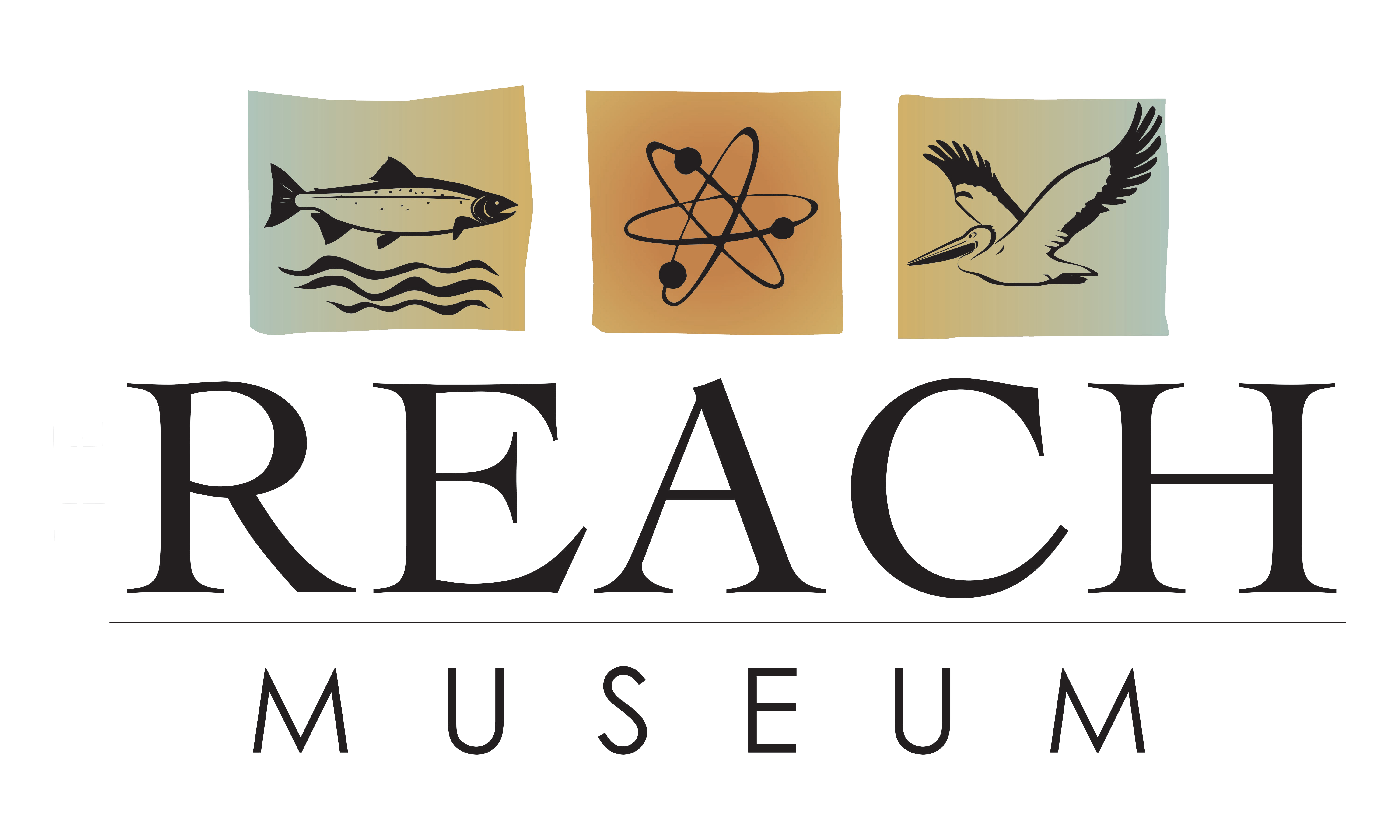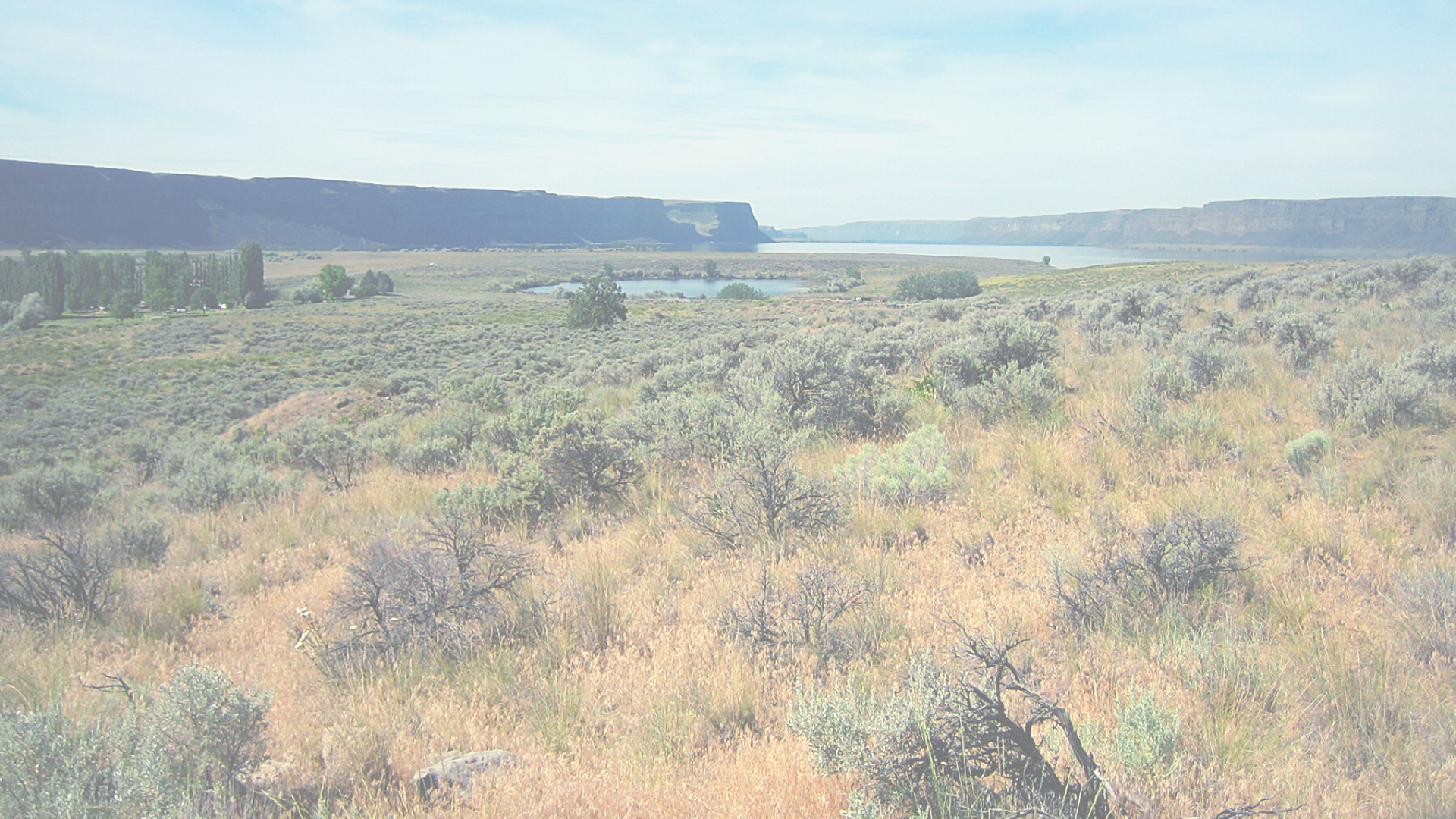The Hanford Reach National Monument’s ecosystem is named after the dominant plants. We call it shrub-steppe, which may sound like a dance, but it means “grassland with shrubs.” Deep root systems sustain many perennial types of grass and shrubs through the dry seasons, and also makes them able to regrow after a fire. But invaders have disrupted the usual cycle of fire and regrowth.
The spaces between bunch grasses and shrubs, formerly covered with a living crust of mosses and lichens, are now occupied by cheatgrass. This annual grass, a weed brought from Eurasia as settlers moved across the continent, covers the ground like a thin carpet. This species “cheats” the soil of moisture and nutrients early in the spring, before the native grasses get started. Then as the weather heats up, it drops plenty of sharp-pointed seeds and dies. The resulting sea of brown stalks is more than just an annoyance, as those seeds get stuck in socks and animal fur and mouths. A lightning strike or hot car undercarriage can set off a hot-burning blaze that permanently damages shrubs like sagebrush. Tumbleweed, also called the Russian thistle, is another invasive weed that chokes out native plants and spreads the fire. We are seeing wildfires happen much more frequently with all these weeds in the landscape, and the native plants have a hard time keeping up.
Exotic plants may thrive in a foreign ecosystem and even feed some of the animals and insects there, but without the species that evolved alongside it, there’s a risk of that plant growing and spreading unchecked. Natural predators or controls are just not there, and the plant becomes a nuisance. In contrast, native plants nourish the food web with their numerous connections to other living things. Plants are the essential first link in the food chain and both shelter and nursery for creatures of many sizes. In the shrub-steppe, native bunch grasses provide cover for ground-dwelling birds such as quail and grouse, something cheatgrass can’t do. Many butterflies and moth caterpillars eat a specialized diet, relying on only one or a few plant species for survival. A healthy ecosystem starts with a diversity of native plants.








